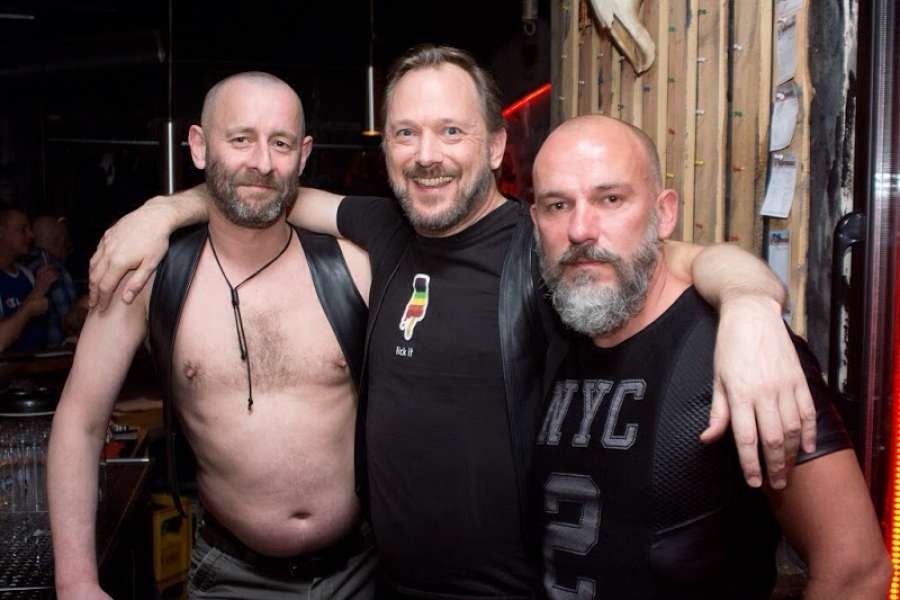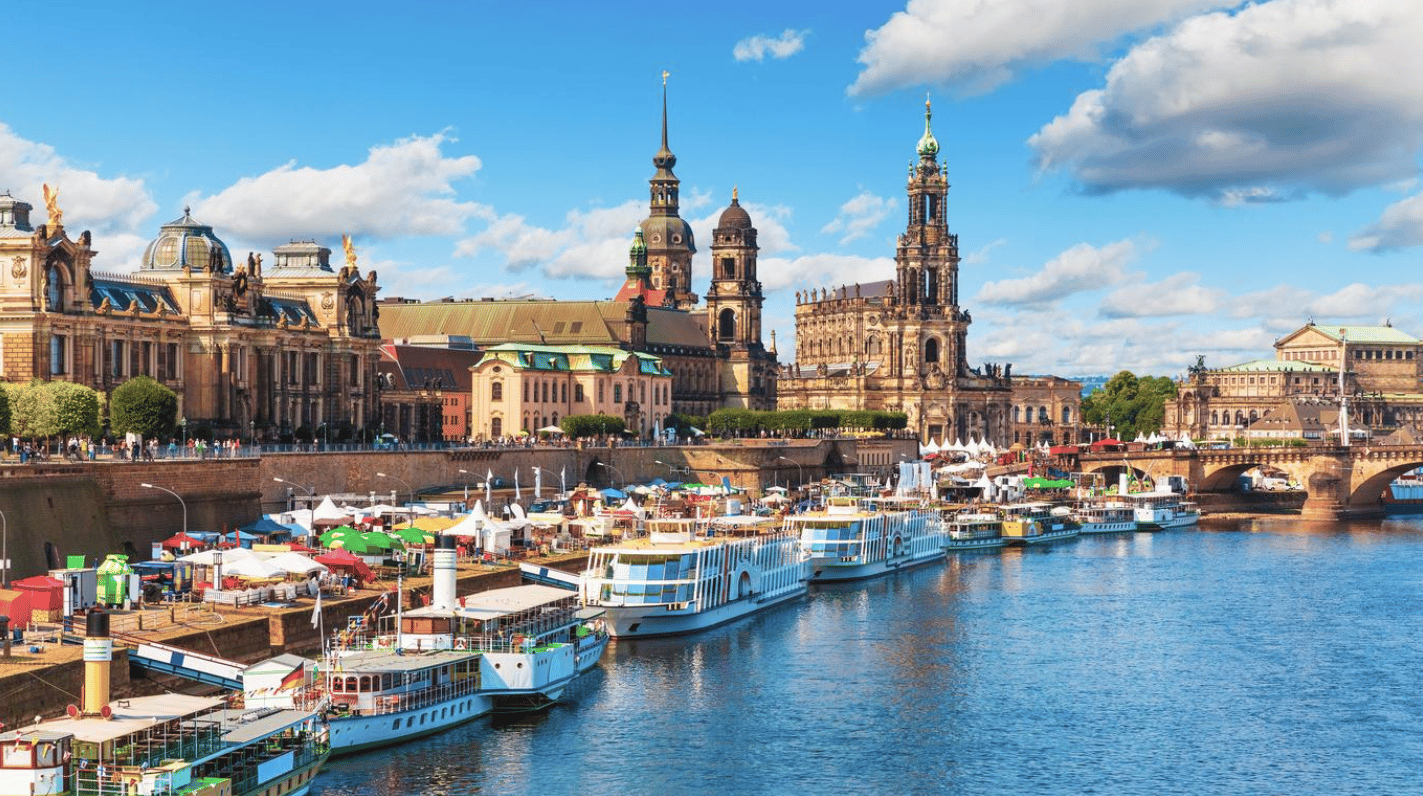

Gay Cruising in Europe
Gay cruising in Europe is a practice that is deeply rooted in the history of the LGBTQ+ community and has manifested itself in various forms over the years. Despite the rise of digital platforms that make it easier to meet people, cruising remains a significant aspect of the social lives of many gay men in Europe. This blog post takes a look at the cruising scene in various European countries, discusses the popularity of certain venues and highlights both the attractions and risks of this form of encounter. There is a diverse and widespread cruising culture in Europe, which varies from country to country. Countries with a large and open LGBTQ+ community, such as Germany, Spain and the Netherlands, offer a wealth of cruising options, ranging from bars to saunas to specially designated outdoor areas.
Germany
In Germany, Berlin is perhaps the city with the most active cruising scene. Places like the Tiergarten and numerous clubs in Schöneberg are known for providing late-night meeting places for the community. In addition to Berlin, Cologne and Hamburg are also known for their lively gay scenes and cruising areas. Germany also offers a large number of gay saunas that serve as safe places for intimate encounters.
Spain
Spain, especially Barcelona and Madrid, is characterized by an open attitude towards the LGBTQ+ community and a thriving cruising culture. The Chueca district in Madrid and the Eixample in Barcelona, often referred to as the "Gayxample", are centers of gay life with a high density of bars, clubs and saunas. Beaches such as Playa del Muerto in Sitges are also popular meeting places.
The Netherlands
The Netherlands is considered one of the most progressive countries in terms of LGBTQ+ rights, and this is also reflected in the cruising culture. Amsterdam offers numerous opportunities for outdoor cruising with the Vondelpark and nearby Zandvoort. In addition, the city's saunas and bars are known for being welcoming places for the community.
Stimulus and risks
The appeal of cruising often lies in the spontaneity and anonymity of the encounters. Many men appreciate the excitement and adventure associated with these secret meetings. However, there are also risks involved. Issues of safety, particularly in relation to sexually transmitted diseases and physical safety, are serious concerns. In many cases, local communities have taken measures to ensure that cruising areas are safe, such as improved lighting and regular police patrols. While Germany, Spain and the Netherlands may have the most well-known cruising scenes in Europe, other countries also have notable communities and opportunities for cruising. Each country has its own unique characteristics and cultural nuances that shape the experience for local and visiting LGBTQ+ people.
France
Paris, often referred to as the city of love, is also a hotspot for the gay cruising scene. The Marais, a neighborhood in the heart of the city, is particularly known for its gay bars and saunas, as well as its lively streets at night. In addition, France has a culture of outdoor cruising in parks such as the Bois de Boulogne and Bois de Vincennes, which become popular meeting places at night.
Great Britain
In the UK, London has an active cruising culture, with well-known locations such as Hampstead Heath and Clapham Common historically serving as meeting places for gay men. These places offer both the opportunity for outdoor cruising and a profound historical significance. The scene in other UK cities such as Manchester and Brighton is also robust, with a variety of gay bars, saunas and special events.
Italy
Italy may not be as open as some northern and western European countries, but cities like Rome and Milan have an underground cruising scene that attracts both locals and tourists. In Rome, for example, Villa Borghese Park and the Terme di Caracalla offer hidden spots that come alive after dark.
Security measures and community initiatives
Given the risks associated with cruising, many European cities have taken measures to improve safety in these areas. In addition to physical security, such as improved lighting and video surveillance in some parks and cruising areas, there are also numerous health initiatives. Many local organizations distribute free condoms and lube and offer sexual health information to minimize the transmission of diseases. Despite the challenges and risks, cruising remains an important part of LGBTQ+ culture. It provides a space for freedom and self-expression, especially in societies where homosexuality is still a taboo subject. Cruising can also foster a sense of belonging and community, which for many is invaluable. While cruising offers many positive aspects for the LGBTQ+ community, it is important that those who choose this form of social interaction are aware of the potential dangers and take steps to ensure their safety. Here are some practical tips and advice that can be helpful when cruising.
Tips for safe gay cruising in Europe
- Find out about the location: Before visiting a cruising spot, it is advisable to find out about the specific local conditions and legal framework. Some places may be under surveillance or close to areas where the police frequently patrol.
- Use protective measures: Protection from sexually transmitted infections (STIs) should always be a priority. Use condoms and lubricants, which are often provided free of charge by health organizations.
- Pay attention to your personal safety: It's important to be aware of your surroundings, especially in remote or poorly lit areas. Inform a friend or use a location sharing app if you feel unsafe.
- Respect the privacy of others: Cruising is often based on discretion. It is important to respect the privacy and boundaries of others. Avoid taking photos or videos and keep personal information confidential.
- Be attentive to local customs: Every culture has its own norms and practices that need to be observed. What is acceptable in one country may be considered inappropriate or even illegal in another.
Concluding thoughts
Cruising is more than just a method of dating; it is a cultural phenomenon that has both historical and social dimensions. At a time when online dating apps dominate the way people interact, cruising offers an alternative, albeit sometimes more complex, form of human connection. It allows for a direct, personal interaction that is often lost in the digital world.
In countries where LGBTQ+ rights are progressive, cruising is often seen as a legitimate and integral part of gay culture. However, in other regions where homosexuality is less accepted, cruising can be riskier. This is where the community has a crucial role to play in creating safer environments and providing support and education.
In conclusion, cruising in Europe is a multifaceted phenomenon that offers both risks and opportunities. It highlights the need for progress in social acceptance and legal recognition of the LGBTQ+ community and reflects the diversity and complexity of human relationships. As with any form of interpersonal interaction, it is crucial that both respect and caution are shown to ensure a safe and positive experience for all involved.
You might also be interested in, Gay dating trends in different cultures.

Luck234
It's really worth taking a vacation with our neighbors. I knew that this was possible in Germany. My next trip will definitely be something hot.